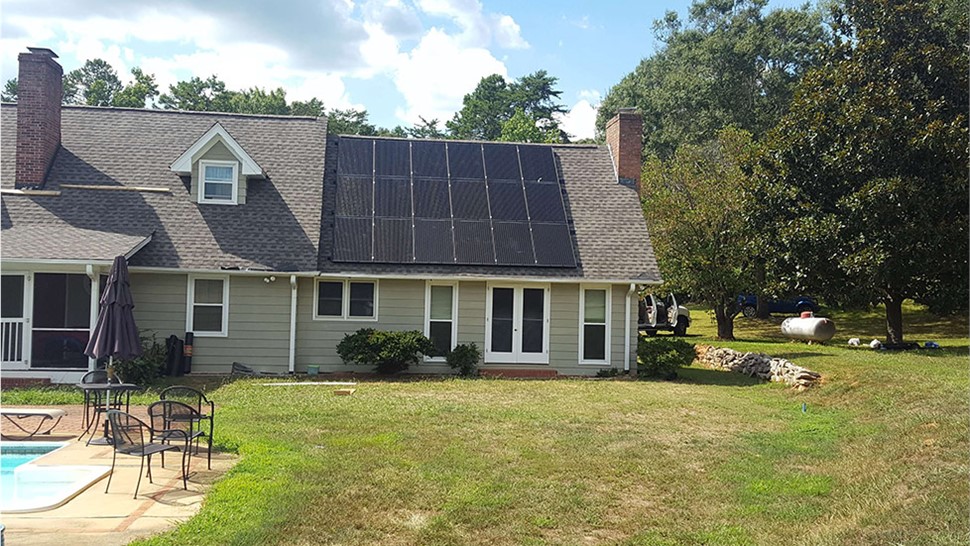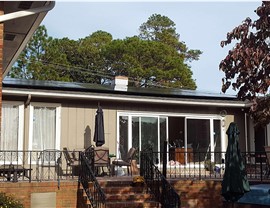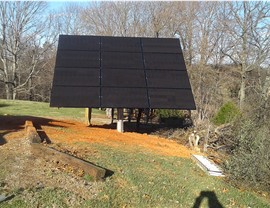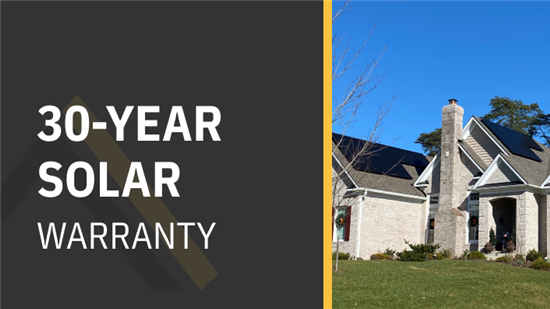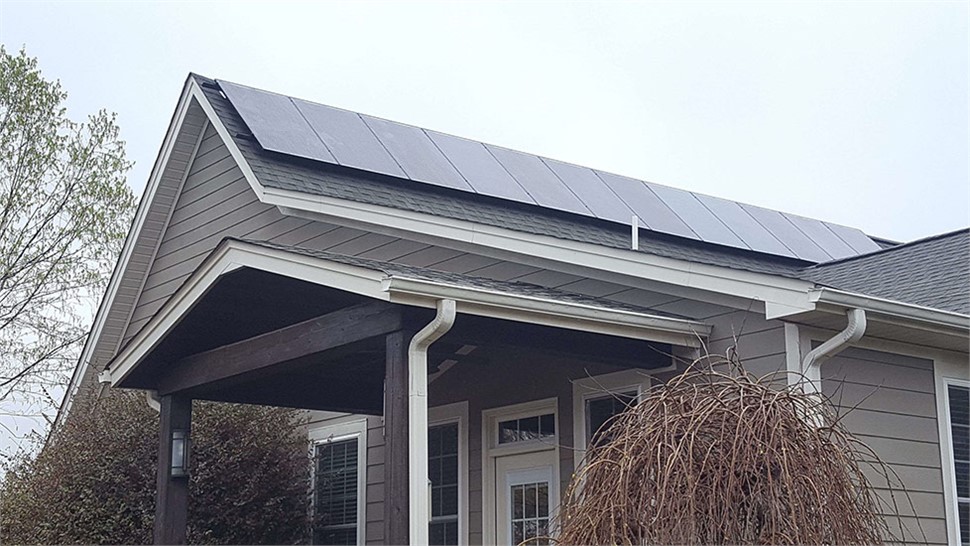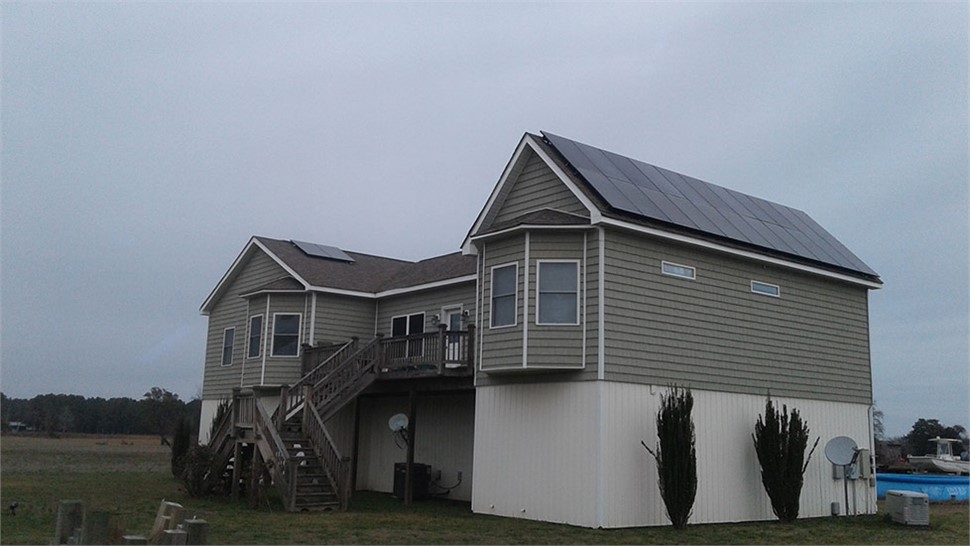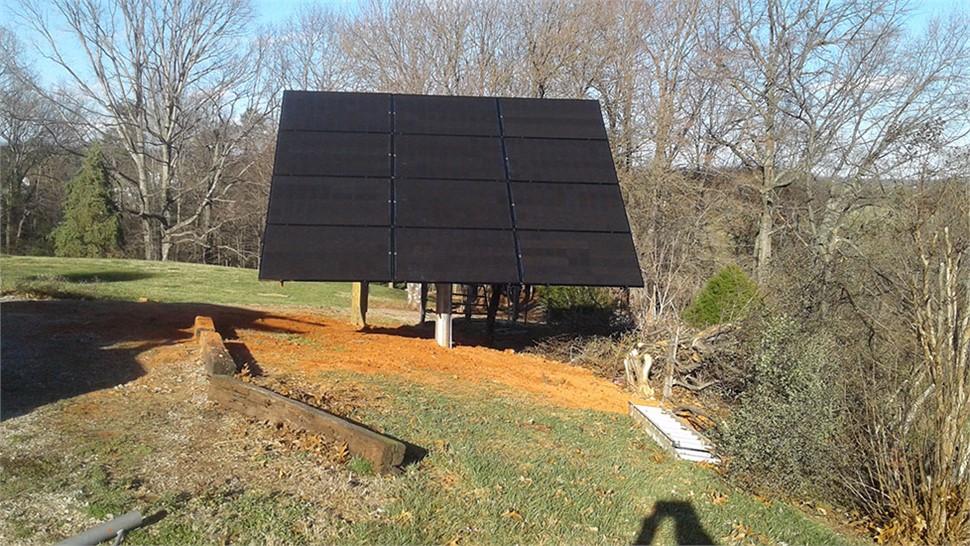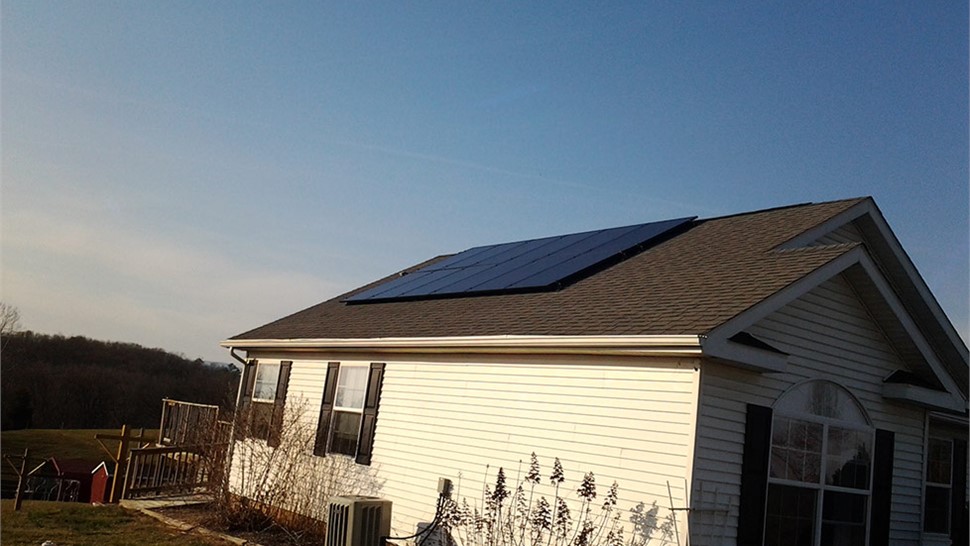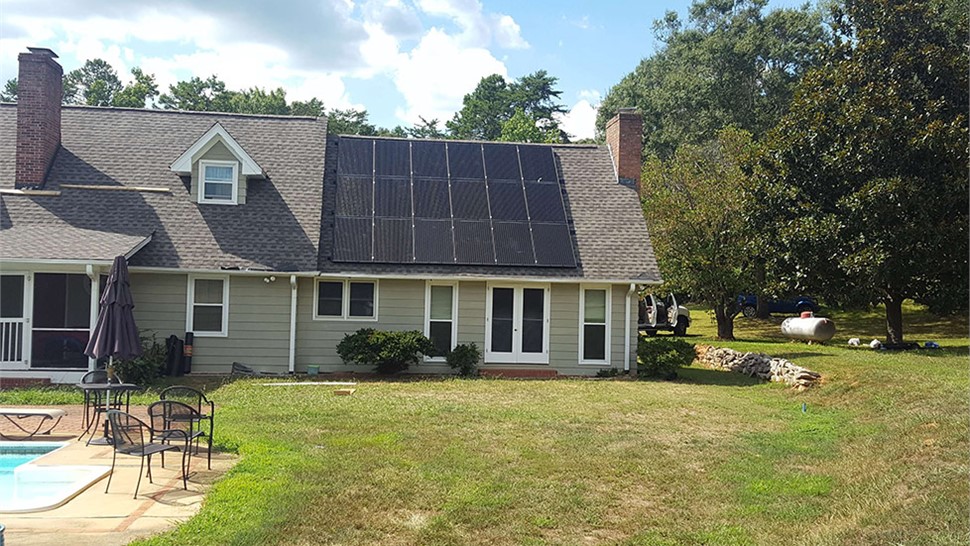A solar (or photovoltaic) cell has two main silicon layers – a top, phosphorus-diffused layer that carries electrons and is negatively charged, and a thicker, boron-doped bottom layer that contains holes, or absences of electrons and is positively charged. The electrical imbalance between these two layers is essentially what makes solar power possible: Light radiation causes each layer’s positive and negative charge carriers to be released in the cells and in turn causes electrical current (direct current) to flow.
In more detail, the process is as follows:
- Solar radiation in the form of photons hits and penetrates the solar panel cells.
- These photons activate electrons in both the top and bottom silicon layers of a solar cell.
- Some of these activated electrons sling-shot from the bottom to the top of the cell.
- As they move, the electrons flow into metal contacts as electricity and move into a circuit that runs throughout the 60-cell solar panel.
- The electrons flow through this closed circuit and eventually come back to the cell via a solid contact layer at its bottom.
While the process above and solar technology are both extremely complex, fortunately you don’t need to be a scientist to get the benefits of it. To learn more about how solar works or about our panels, please contact a SolarTyme representative.
